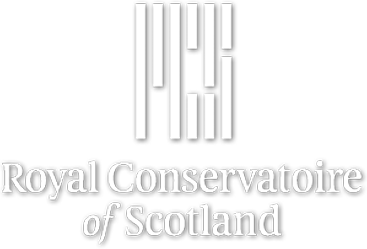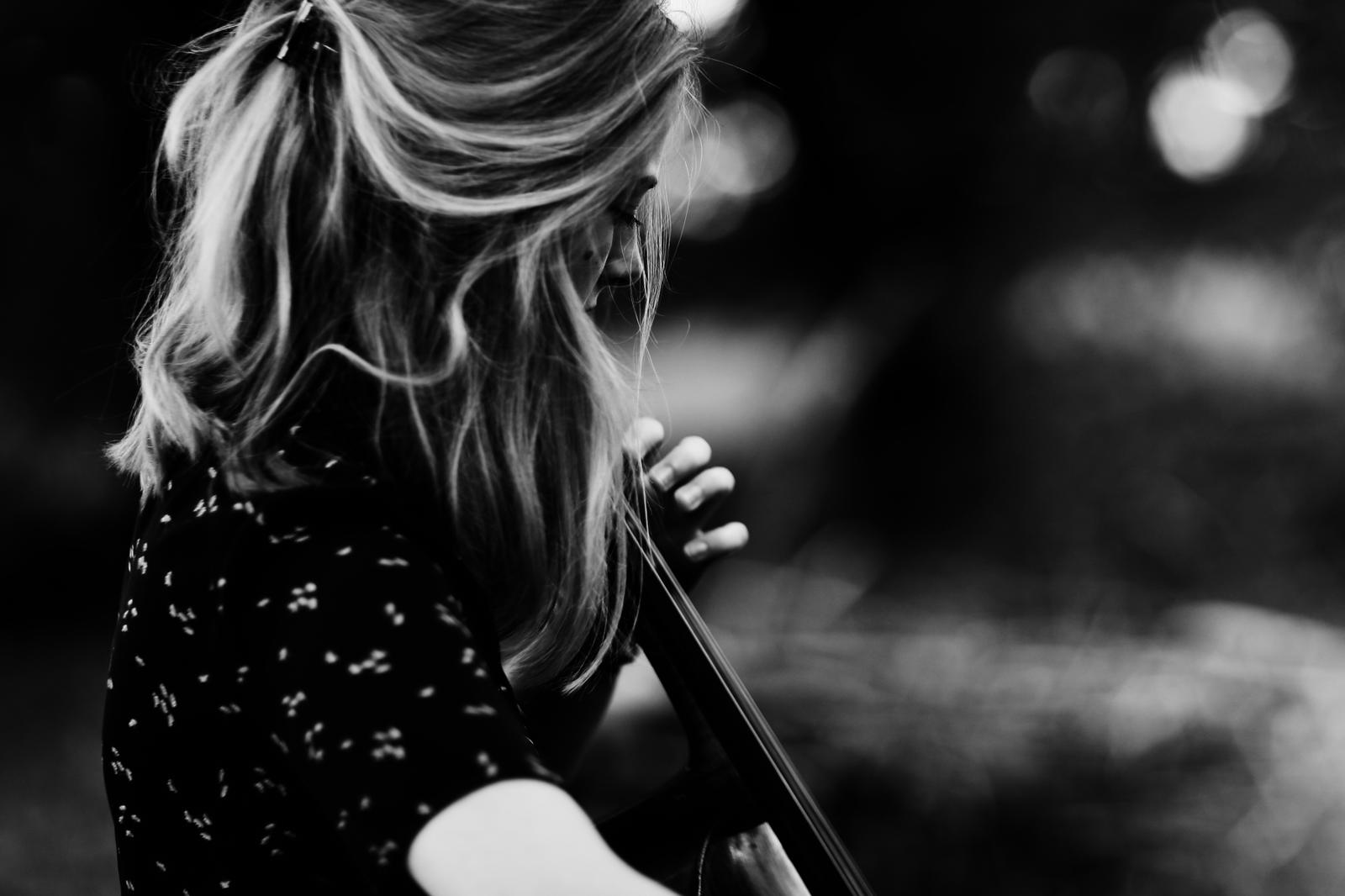Alice Allen
Biography
Alice Allen is a cellist from Banchory, Aberdeenshire, and is now based in rural Stirlingshire. She was formerly young artist in residence with the Scottish Ensemble and has performed live on BBC Radio 3 and Radio Scotland. Alice has recorded with many leading folk artists including former BBC young traditional musician of the year Robyn Stapleton. Alice’s playing has taken her to the BBC Proms, the Wigmore Hall, Europe and India and she has worked with many of the country’s leading performing groups including the BBC Scottish Symphony Orchestra, Scottish Chamber Orchestra, Scottish Ensemble, Concerto Calendonia, Liverpool Philharmonic Orchestra, London Concertante and the Brodick Quartet. Alice performs regularly with fiddler Alastair Savage and is Chamber Music Scotland's Ensemble in Residence 2019-21 as one half of the duo GAIA, with violinist Katrina Lee. She is co-founder of GAIA’s latest project, Scottish Freelancers Ensemble. Alice’s playing style is deeply rooted in both the Scottish music tradition and the classical music tradition and she is tutor of Scottish traditional cello at the Royal Conservatoire of Scotland. She is in demand as a recording artist, working regularly as part of a string trio with Seonaid Aitken and Patsy Reid, and for Christian Henson of Spitfire Audio.
Alice’s research examines the cello’s unique history among traditional instruments in Scotland. It was central to dance music in the ‘golden age’ of Scottish fiddle music in the eighteenth and early nineteenth centuries. Performers such as James Oswald, Nathaniel Gow, and James Scott Skinner were cellists as well as fiddlers; famous fiddlers regularly performed in duos with cello players; and virtually every published collection of the time included ‘a bass for the violoncello’. By the end of the nineteenth century, however, the cello had disappeared from traditional music in Scotland. It is only over the past three decades that the instrument has been revived within the mainstream traditional music scene, dominated by performers based in North America, such as Natalie Haas, and Rushad Eggleston. While this new wave of ‘folk cellists’ have incorporated Scottish repertoire and worked with Scottish-based musicians, these are presented alongside techniques and sounds from a range of other traditions, including Irish, bluegrass, jazz, and popular styles. The link with the instrument’s role in the Scottish music of Oswald and Gow’s day is uncertain.
At present, there is no known study of the cello’s repertoire and importance in Scottish traditional music, and there has been a lack of a critical, scholarly, connection between the current wave of folk cello revival and historical practice in Scotland. The importance of the cello within Scottish music history is acknowledged in much of the literature on Scottish fiddle music, most notably in studies by Johnson, Alburger, Campbell, and, in this sense, its place is acknowledged in the literature. But none of these scholars has given more than a cursory description of its repertoire, style, and performance contexts. Alice’s research explores the cello in Scottish traditional music, with the aim of connecting the modern-day revival to its historical roots.

